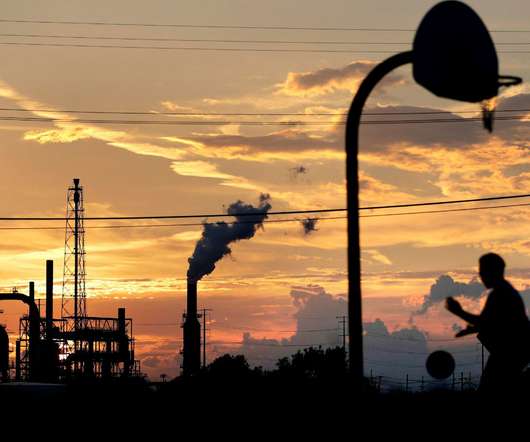What is Ethylene Oxide? Answers to Your Questions about the Cancer-Causing Chemical
Union of Concerned Scientists
OCTOBER 6, 2022
Workers in facilities that produce and use EtO as well as people living near facilities that release it into the atmosphere are at risk of unsafe exposures even when the facilities are using the best available technologies to handle and contain it. Have I been exposed to ethylene oxide?












Let's personalize your content